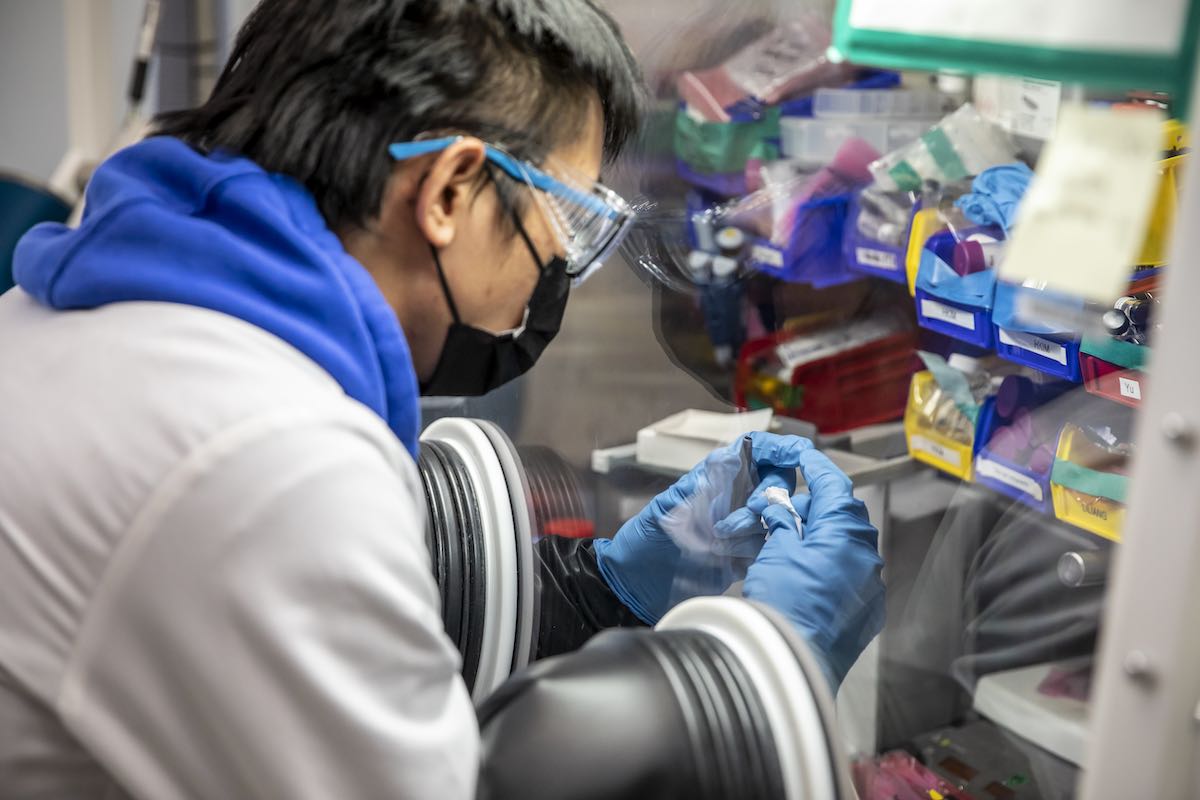How to Make Lithium Batteries Invincible

In our future electrified world, the demand for battery storage is projected to be enormous, reaching to upwards of 2 to 10 terawatt-hours (TWh) of annual battery production by 2030, from less than 0.5 TWh today. However, concerns are growing as to whether key raw materials will be adequate to meet this future demand. The lithium-ion battery – the dominant technology for the foreseeable future – has a component made of cobalt and nickel, and those two metals face severe supply constraints on the global market.
Now, after several years of research led by Lawrence Berkeley National Laboratory (Berkeley Lab), scientists have made significant progress in developing battery cathodes using a new class of materials that provide batteries with the same if not higher energy density than conventional lithium-ion batteries but can be made of inexpensive and abundant metals. Known as DRX, which stands for disordered rocksalts with excess lithium, this novel family of materials was invented less than 10 years ago and allows cathodes to be made without nickel or cobalt.
“The classic lithium-ion battery has served us well, but as we consider future demands for energy storage, its reliance on certain critical minerals exposes us not only to supply-chain risks, but also environmental and social issues,” said Ravi Prasher, Berkeley Lab’s Associate Lab Director for Energy Technologies. “With DRX materials, this offers lithium batteries the potential to be the foundation for sustainable battery technologies for the future.”
The cathode is one of the two electrodes in a battery and accounts for more than one-third of the cost of a battery. Currently the cathode in lithium-ion batteries uses a class of materials known as NMC, with nickel, manganese, and cobalt as the key ingredients.
“I've done cathode research for over 20 years, looking for new materials, and DRX is the best new material I’ve ever seen by far,” said Berkeley Lab battery scientist Gerbrand Ceder, who is co-leading the research. “With the current NMC class, which is restricted to just nickel, cobalt, and an inactive component made of manganese, the classic lithium-ion battery is at the end of its performance curve unless you transfer to new cathode materials, and that’s what the DRX program offers. DRX materials have enormous compositional flexibility – and this is very powerful because not only can you use all kinds of abundant metals in a DRX cathode, but you can also use any type of metal to fix any problem that might come up during the early stages of designing new batteries. That’s why we’re so excited.”